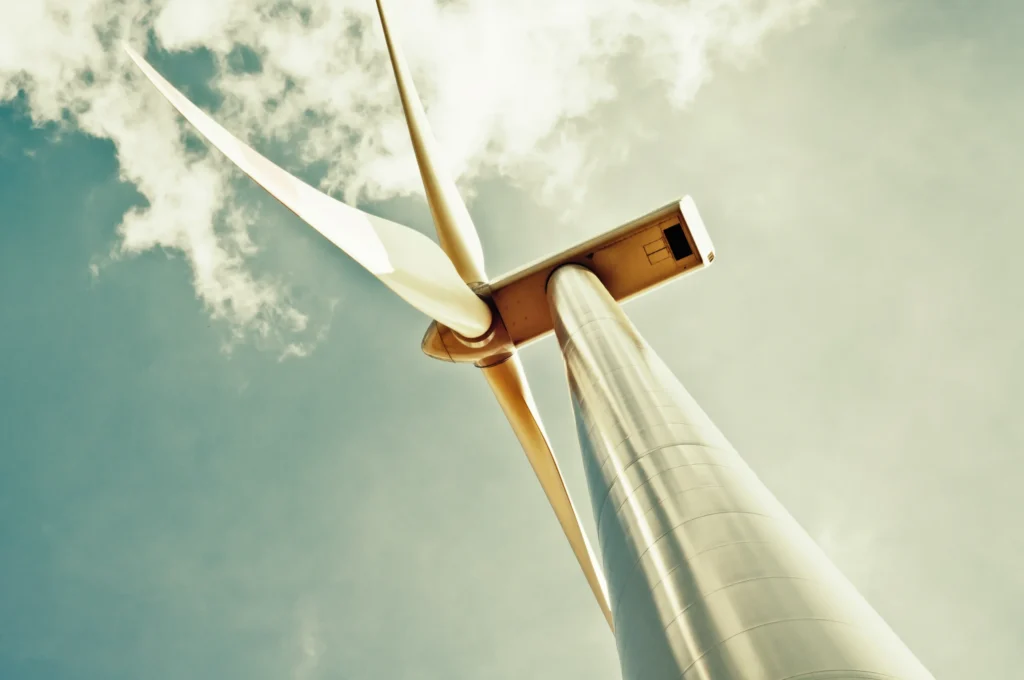By Dr. Iris Matzke, Daniel Thylmann and Christopher Howell
Across the globe, agriculture, forestry and other types of land use contribute almost one-fourth (22%) of all greenhouse gas (GHG) emissions. Yet researchers are investigating ways to remove CO2 from the atmosphere and store it in soil, turning agricultural land into a vast carbon sink.
Mitigating climate change through carbon sequestration
In the food-producing sector, emissions arise from producing and using fertilizers and crop protection agents; livestock management, including feed production; agricultural byproduct valorization (creating value from waste products); and through evolving technologies and management practices in large-scale agricultural commodities.
The challenge for the agricultural sector is how to achieve a balance between ensuring food security and addressing its large contribution to climate change. This has led to the investigation of soil organic carbon sequestration—removing CO2 from the atmosphere and storing it in soil—as a possible approach to mitigating climate change.
Such agricultural management practices for soil organic carbon sequestration are also referred to as “regenerative agriculture” or “carbon farming.” By adopting practices that positively influence the rate of sequestration, the hope is to use agricultural soil as a large terrestrial carbon pool.
Digging deeper into sector developments
The central question around soil organic carbon sequestration is how to quantify the rate and extent of sequestration. Here is a brief look at developments in quantification methodology, technology and standards.
1. (Re-)exploration of soil organic carbon as a climate mitigation tool
For decades, scientists have researched changes in soil organic carbon stocks in relation to various agricultural management practices and have translated their findings to computer models or other quantification means.
However, current meta-studies have revealed that relevant agricultural practices should be reassessed to determine their potential to store carbon, as well as to provide a better understanding of the underlying processes. With many research findings inconclusive, soil organic carbon has typically been excluded from sustainability assessments.
One key challenge is, therefore, the development of soil organic carbon quantification methods that enable the iterative transfer between scientific and measured findings. The development of models serves to continuously improve the methods for soil organic carbon quantifications used in carbon footprint calculations, for example.
2. Development and adoption of new technologies to quantify soil organic carbon
One of the most widely applied soil biogeochemistry models is the CENTURY ecosystem model, developed in the late 1980s. Since the changes in soil organic carbon stock were integrated into computed models, technology has advanced significantly, allowing researchers to further evaluate new technologies.
Among these developments is remote sensing, which typically involves sensors for measuring plants’ electromagnetic radiation to determine their condition. Remote sensing data is used to calibrate the model predictions, making this technology a subset of model-based approaches.
Several such technologies exist, providing advantages such as a broader spatial coverage and faster data processing. Fundamentally, some technologies fulfill requirements better than others, but the choice might depend on the available budget, data availability or even user-friendliness of the computer model.
Hence, including soil organic carbon quantifications in sustainability assessments represents another key challenge: how to practically implement the technology for the application intended, as well as for a range of stakeholders.
3. Progress of standards and requirements
Generally, no harmonized guideline is available for the inclusion of soil organic carbon in sustainability assessments such as carbon footprints or life cycle assessments (LCA). However, recent attempts at providing more guidance have been made.
Newly developed standards are the Land Sector and Removals Guidance by the GHG Protocol (expected to be finalized and published in 2024) and the slightly older Climate Action Reserve’s Soil Enrichment Protocol for the U.S. The requirements for the accounting and reporting of emission savings based on potential soil organic carbon sequestrations are clear and set at a high level.
Compliance with accounting and reporting removals according to the GHG Protocol Guidance, for example, requires the usage of traceable primary data, ongoing storage monitoring that includes reversal accounting and the associated uncertainty estimates.
However, without harmonization, the question remains of how to achieve these requirements and which methods to use. The lack of harmonization makes it difficult to include soil organic carbon quantification in carbon footprint calculations. Also, the effectiveness of project-specific measures has yet to be demonstrated—particularly in terms of their scalability.





